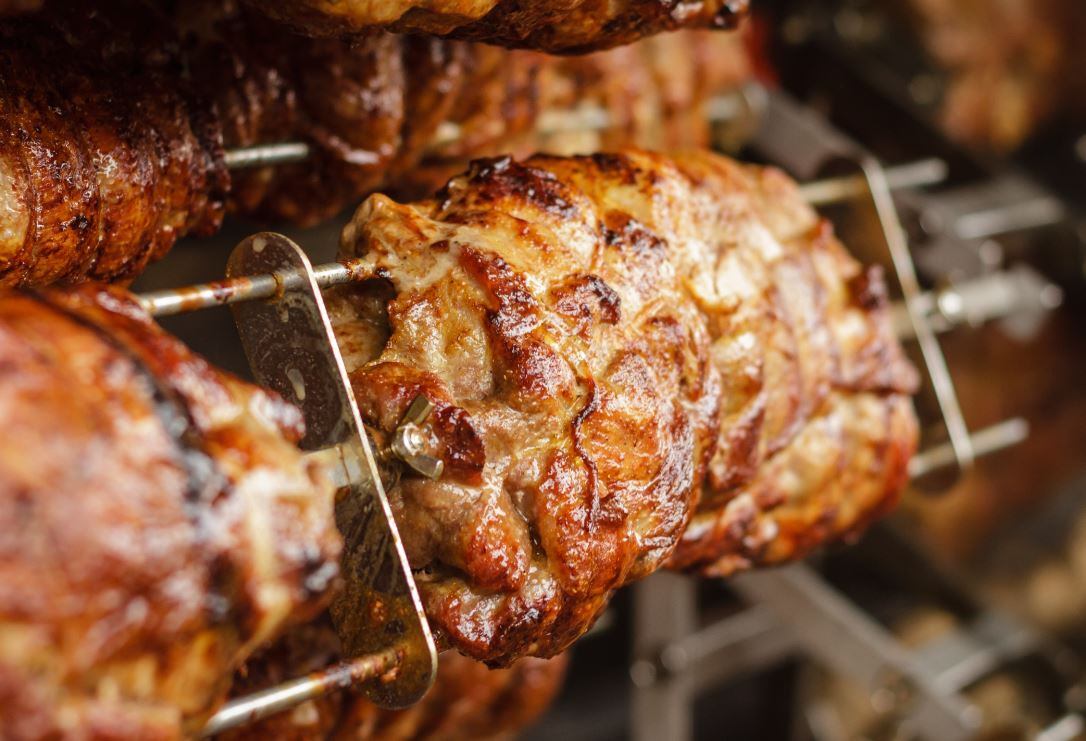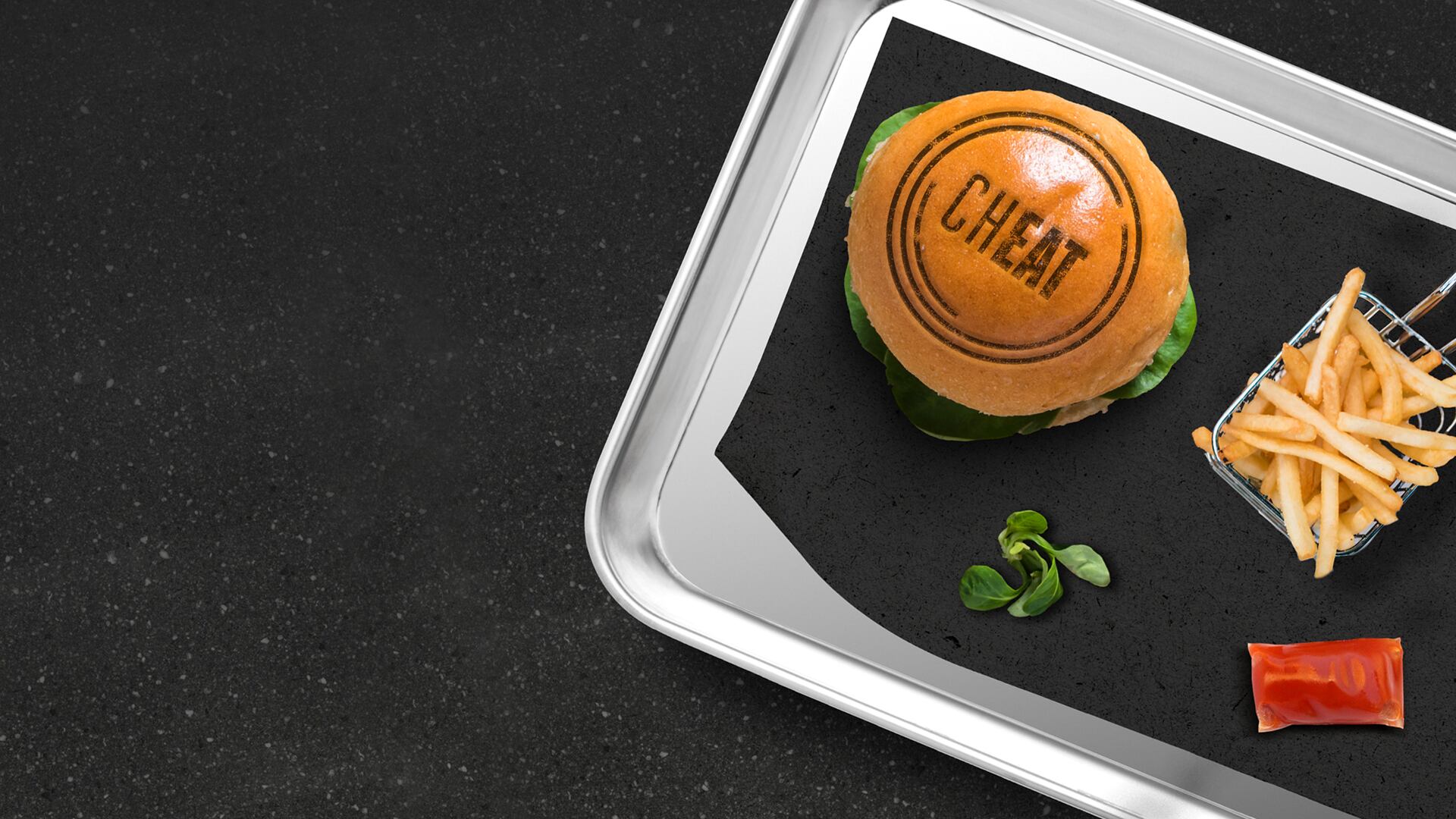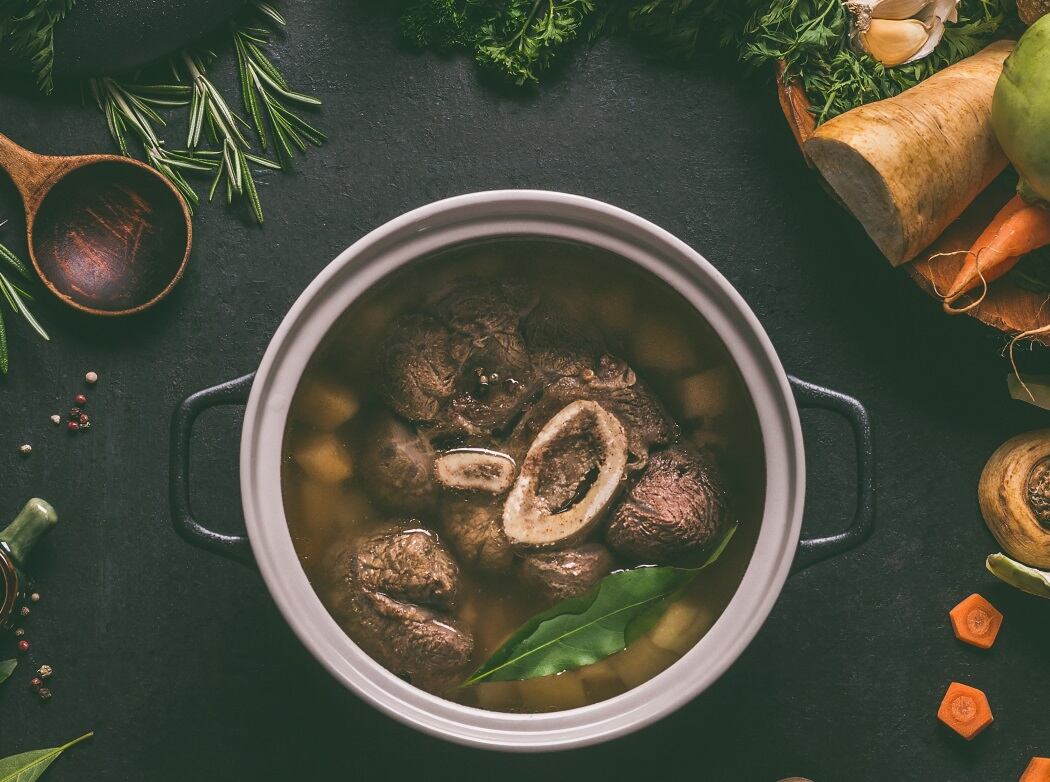“For the past 70 years the expansion of arable land and monoculture farming has enabled us to keep pace with all these hungry mouths. It takes 68% less land than it did in 1970 to produce the same amount of food. But we have reached the limits of what is possible. To meet this spiralling demand, we need a radical rethink of how we feed ourselves,” said Nick Dormon, MD, Echo Brand Design.
Synthetic alternatives

“We are already seeing this happen with a growing acceptance by consumers of synthetic biology. The potential here is vast: according to Maastricht University, cells from a single cow can produce 175 million quarter-pounders, while traditional farming methods would need 440,000 cows for the same output.”
He added, most of the major meat companies have recognised this trend and are investing in synthetic alternatives. The 2019 public listing of Beyond Meat, the manufacturer of the plant-based Beyond Burger, at a valuation of almost $1.5bn, was one of the most visible demonstrations of this mounting interest.
“A key part of this strategic re-orientation of the industry is to persuade consumers to pay the same premium for these synthetic alternatives as they would for real meat. The key is branding. It is finding, crafting and then telling the story of that meat. The story is one of science. It is happening all around us in other sectors. Our clothes, our homes, every part of our lives is increasingly biofabricated,” said Dormon.
“Within this context, imagery of rural idylls will no longer be credible. It’s not only imagery. Brands need to reframe the language they use to describe synthetic alternatives. The concept of lab-grown meat has connotations of chemicals and untested science, and by changing this conversation brands can tackle perceptions that it is not healthy for the body.
Sustainability
“Alongside this, the meat industry needs to shift the perception of meat as cheap, freely available and consumed daily. 50 billion chickens are slaughtered every year worldwide and this is not sustainable. Consumers will increasingly pay more for products that are sustainably and ethically produced, and so the brands that find ways to tell the story of meat as a carefully raised, high quality weekly treat will be able to charge that premium for it.
“This crunch point in how we feed ourselves is already revolutionising the meat industry. Even KFC is now selling faux fried chicken in the UK, mimicking its signature product with herbs and spices minus the meat. As the industry transformation gathers pace over the next few years, success will go to the firms that find ways to weave positive stories of science and quality into their brands.”




